In the Dirt with the Gardening Guru
After a winter that even Jack Frost was sick of, Canucks are understandably restless, itching for outdoor activities that don’t require thermal underwear. But before you break out the fertilizer and start planting those petunias, Landscape Ontario’s gardening expert Denis Flanagan has the dos and don’ts for a post-Ice Age spring. We spoke with the award-winning Canada Blooms garden designer and former host of One Garden Two Looks to cultivate the need-to-knows for a successful yield this season.
Q: We experienced a harsher than normal winter. Will the frigid weather mean that gardeners need to take a different approach this spring?
A: Yes, slightly different. First thing is to check for any damage that happened, particularly from the ice storm. We’re going to find that some branches and limbs were damaged, so selective pruning may have to happen. Damage to plants is going to be a little tough to tell. If your garden had really good snow cover, that’s a good thing — that actually protected the plants. There may be some actual tissue damage to plants and that will show in the form of black leaves or black foliage and buds not opening. If that happens, [they’re] going to need a little TLC — maybe some fertilizing and gentle pruning.
Q: We’re also experiencing a colder than normal spring. How will this affect plants and what should gardeners remember before digging in?
A: All the buds [have] really [gone] into deep dormancy this year to protect themselves from the cold weather, which means they’re going to be slow coming out. People shouldn’t panic too much. If you go out in the garden in early May and things look like they’re dead, they may not be. Good examples of that are Rose of Sharon and wisteria. So two tips: one, be a little bit patient and wait to see if those buds do green up. And second, if you just take your thumb nail and scratch the top layer of the bark on a typical branch, if it’s slightly green underneath that’s a really good sign that it’s still going to come to life. Also, don’t rush in and prune things too quickly. Sometimes the foliage left over from last year is still protecting what we call the “crowns of perennials.” If we’re still going to witness some cold temperatures during April, don’t rush to remove leaves and take back mulch. They’re still protecting things if we experience a late, late frost.
Q: After the ice storm this past December, many residents saw branches if not entire trees come down. Should residents consider removing trees entirely and perhaps planting new ones? Or should they let damaged trees heal and recover?
A: It depends on the severity of the damage. The first thing I’m going to say is be very safety conscious. As ice disappears off trees, there are still going to be some limbs and branches that haven’t come down yet. So I think you should be quite cautious when going out in the garden and walking underneath branches. If things look a little dicey, I would recommend calling in a professional arborist or landscape consultant for that safety reason. And then, depending on the severity of the damage, you can do some pruning. Make sure that you’ve got very sharp secateurs, or pruners, so they’re not further damaging the branch and that you’re cutting it fairly clean and close to the trunk to avoid any tearing of the bark, which will just make matters worse. We certainly support a movement called Trees for Life. Their main goal is to achieve a 40 per cent tree canopy in every community in Canada, because we need that canopy for shade and protection for our cities. It’s very important that we encourage people to replant trees if they did lose them during the ice storm.
Q: What are some trendy edibles that Ontarians are now adding to their garden?
A: I think there have been a couple of things that, wonderfully, come from some of the ethnic diversity that we have in the cities. People have brought with them different vegetable ideas from around the world. We’ve seen enormous, enormous increase in the variety of peppers, for instance. If you go back 10, 15 years, you only grew a couple of kinds of peppers. Now there’s a wonderful selection of peppers, particularly the hot peppers. Some unusual vegetables like okra, Swiss chard, kale — all those things are very in vogue, very healthy for you, easy to grow. And, of course, the ultimate is to have lots of interesting recipes to use those products with.
Q: What flower or plant do you feel is a must for any garden?
A: It’s so easy to grow and harvest herbs and everyone likes to cook outdoors now. I think just about every garden out there should have herbs either [planted directly] in the garden, in a container, in a pot or in a hanging basket that you can pick every day and use in salads or when barbecuing.
Q: What herbs would you recommend?
A: That’s one of those reverse questions. I always ask a gardener or a cook, “What do you use?” Take those top three answers and put them in a container. Over and above that, it’s the mainstay things that are used either for cooking or garnishing. So, the two or three types of parsley that are available. Certainly chives — number one, easy, and second, can be used in so many dishes. I think too that some of the fragrant herbs are becoming extremely popular. Whether it’s rue or lavender or rosemary, because not only can they be used in dishes, but they can also be used as fragrances around the house.
Q: What are some popular flowers for this spring?
A: I’d probably say that the “in” flowers tend to be the more colourful ones this year. If I go back a few years, we sort of went through what I loosely termed the “Dark Ages,” where all the growers seemed to be breeding things that had darker colours and dark foliage. It seems that it’s all about brightness now; vivid colours, not only in flower colour, but absolutely beautiful new geraniums and petunias, zinnias, cosmos with dynamite colours. I think that’s probably the thing that’s going to spark the most interest in garden centres and people’s home this year — that wow factor.
Q: Is there a major theme in gardeningthis year?
A: Going around to shows this year, if I had to pick a word or a topic in gardening, it’s “health.” And that is on many different levels. It’s a matter of growing your own food and vegetables and herbs. Possibly, you don’t pay the full gym membership this year, and you get out and exercise in your garden a bit more. So we’re seeing, particularly those with new houses, that people are going back to the village green idea — people are walking outside in the evenings and sharing gardening ideas. This whole being outside, being healthy is a wonderful movement, and we’re starting to see it happen.










































































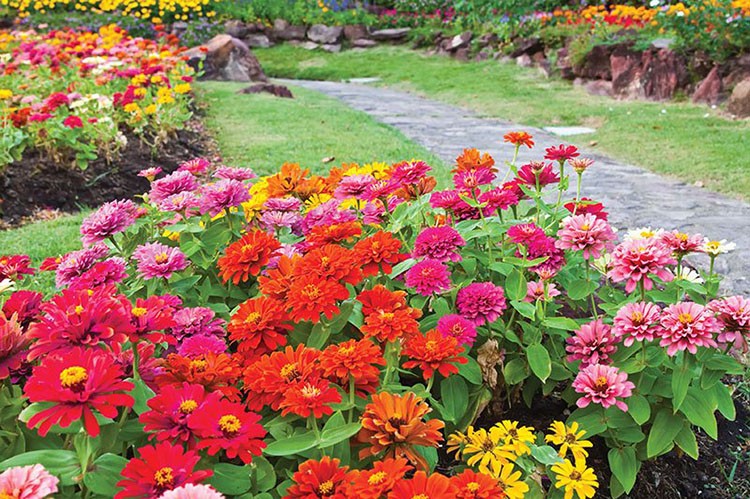
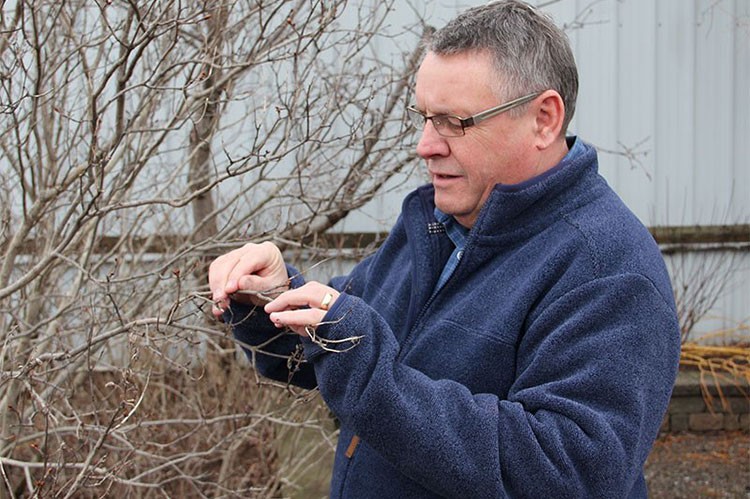
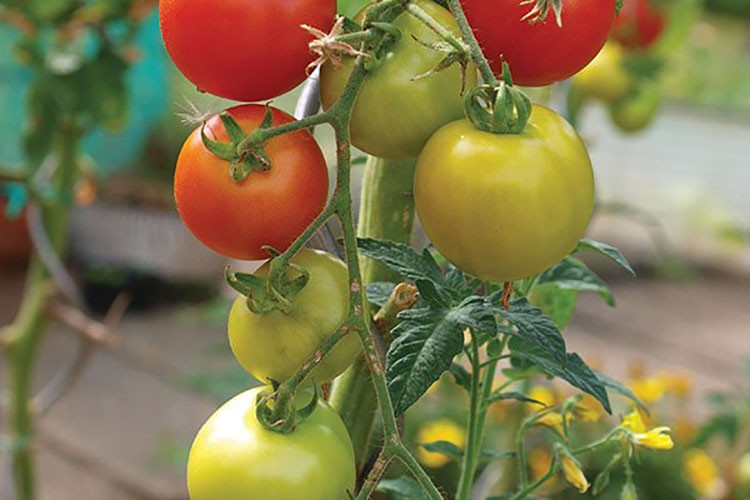
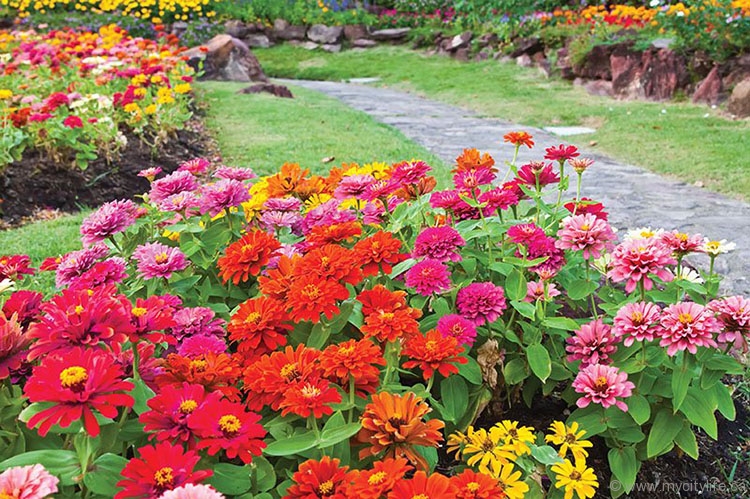



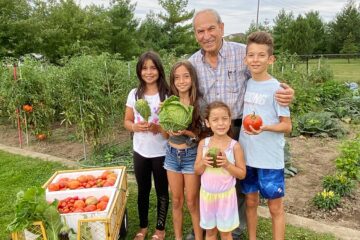
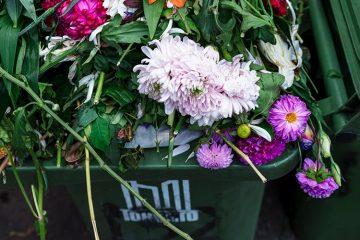
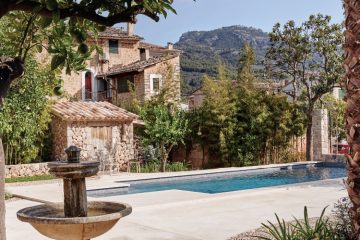
No Comment